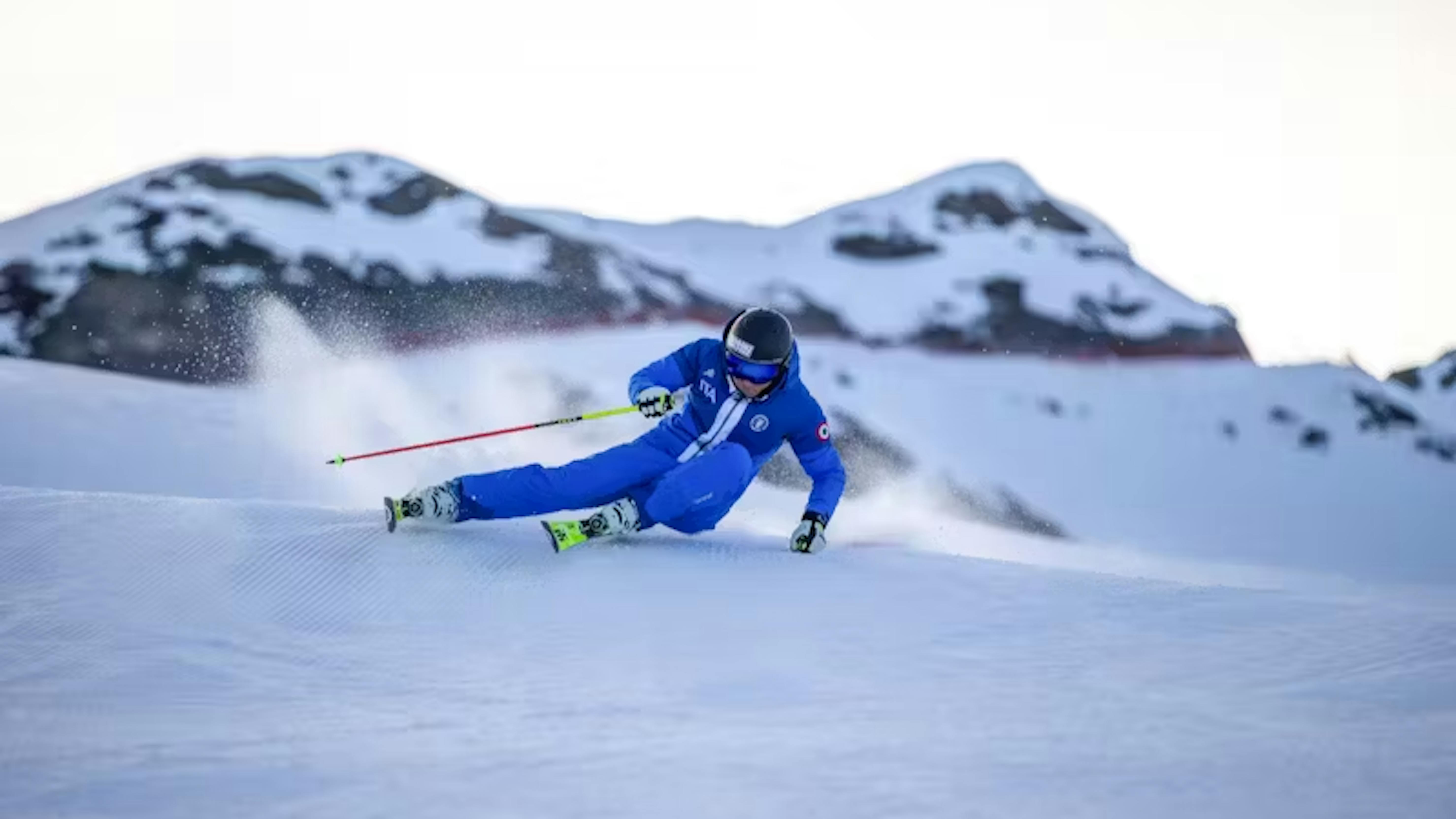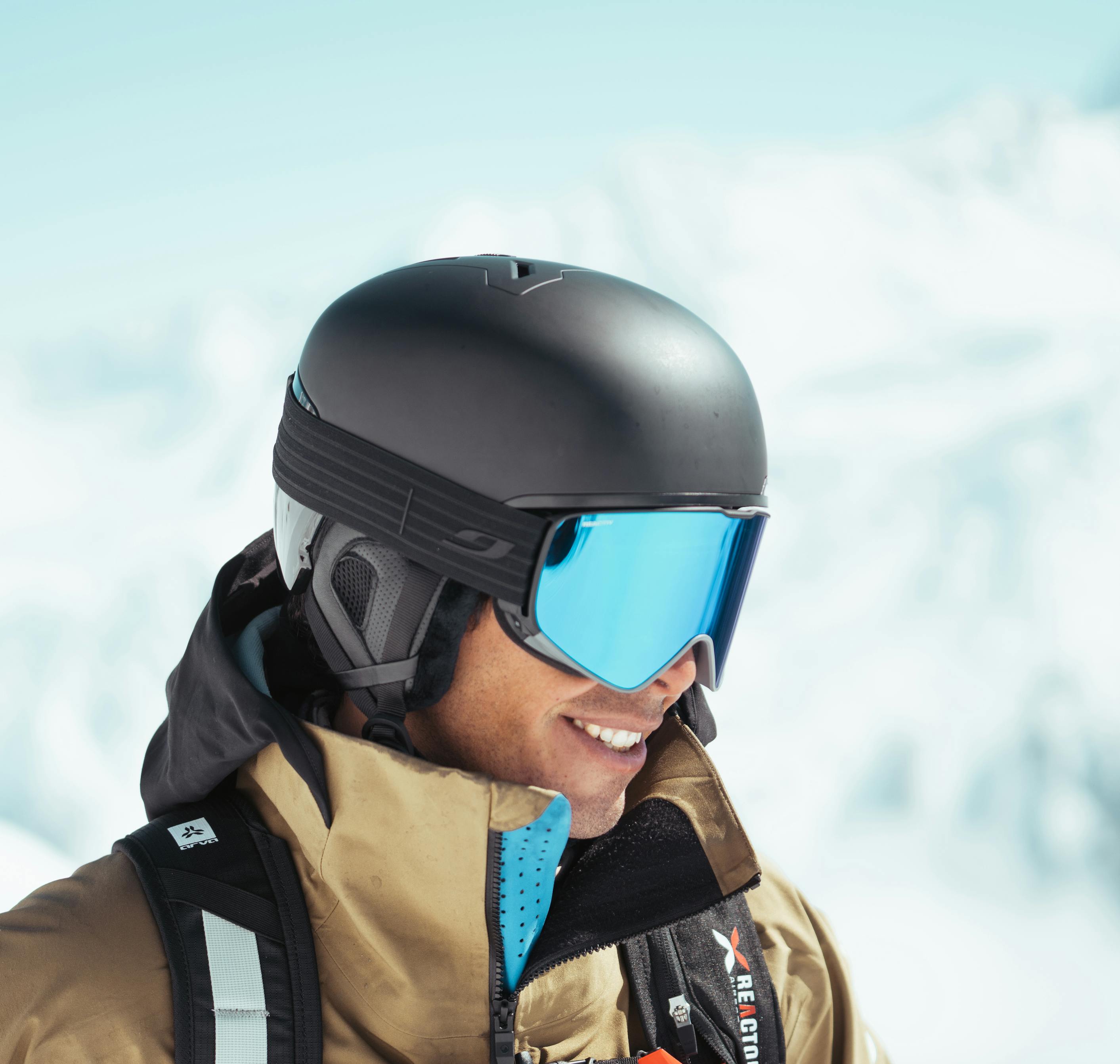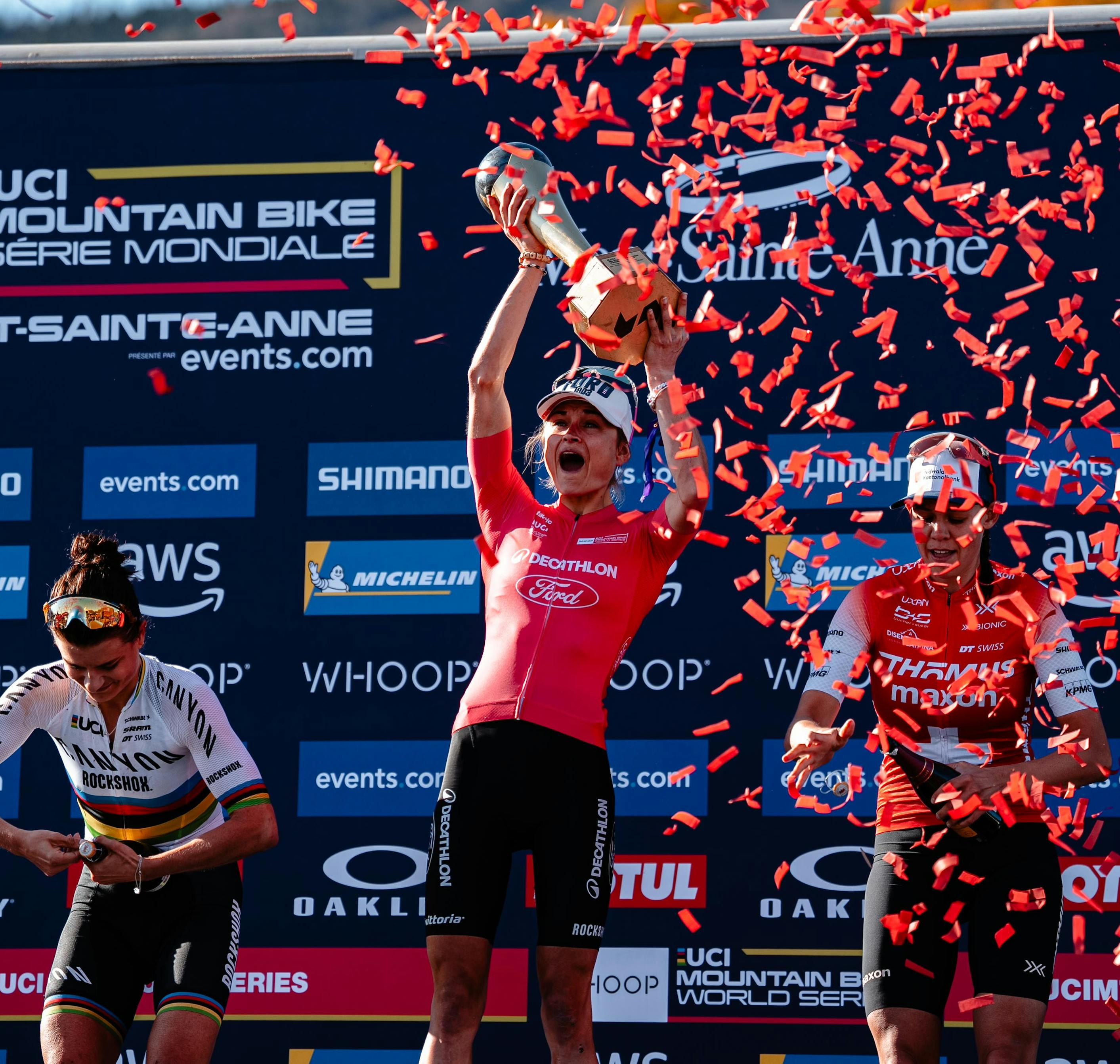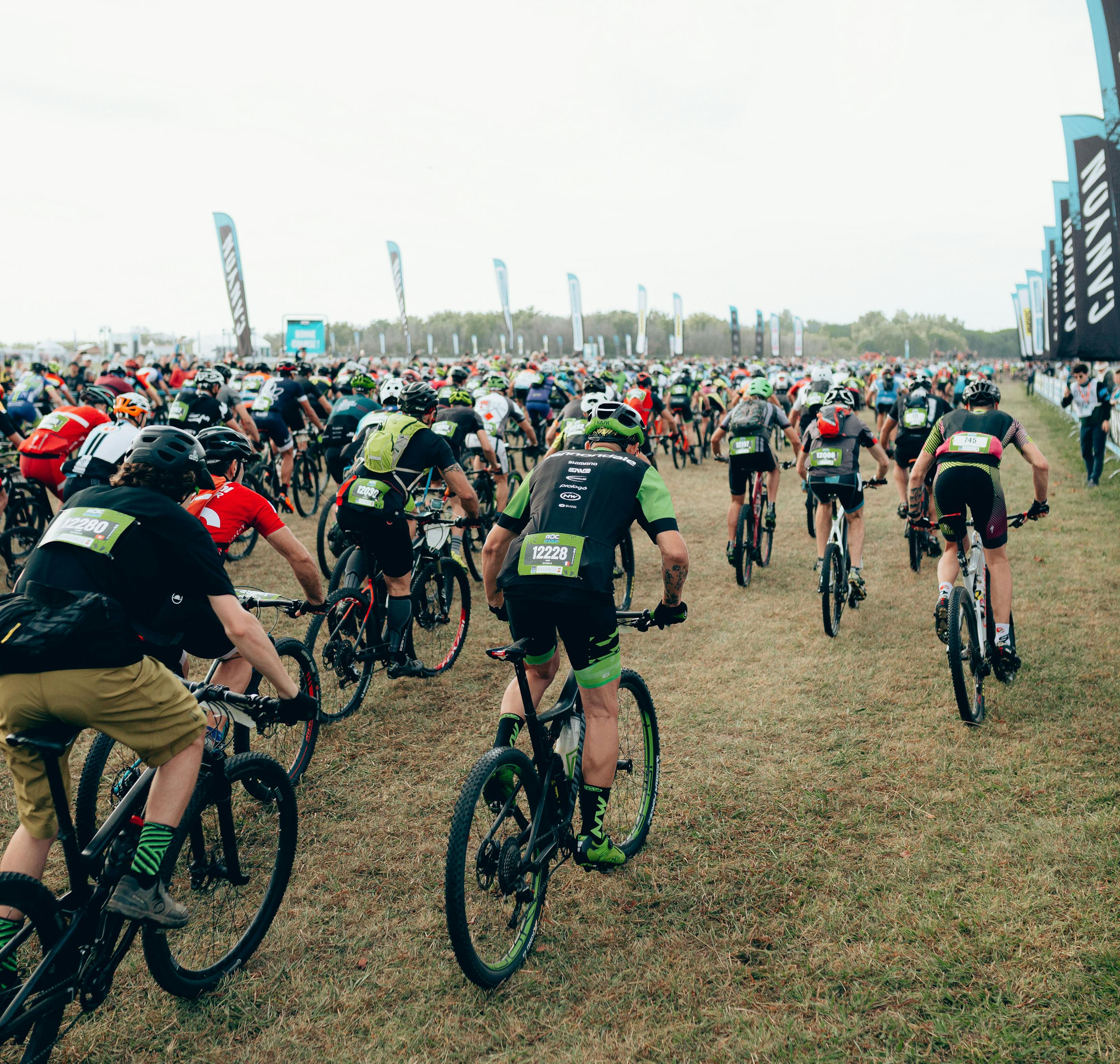Which ski goggles should you choose?
In the mountains, every descent and turn exposes your eyes to extreme conditions: sun glare, icy wind, and rapid changes in brightness. To ensure optimal vision and reliable protection regardless of weather conditions, it's essential to choose the right ski goggles.

Whether you're an experienced skier or a winter sports enthusiast, a suitable pair will allow you to fully enjoy your outings in complete safety. Discover our advice to choose the right protection for your eyes and face mountain challenges without compromise.
Why is eye protection crucial when skiing?
In skiing, protection against the elements is essential to ensure optimal vision and preserve eye health. Between UV rays intensified by altitude, glare caused by snow reflection, and fogging due to temperature changes, it's vital to choose the right goggles to safely enjoy the slopes.
The risks of UV rays at high altitude
As altitude increases, UV intensity rises. Every 1,000 meters adds about 10% more UV radiation, making snow glare even more dangerous. Without effective protection, snow blindness—a kind of sunburn of the eyes—can occur rapidly. Ski goggles with strong UV protection are therefore essential to prevent this and maintain visual comfort.
Glare and reflection: performance obstacles
Seeing far and clearly is key in skiing to anticipate movements. Snow reflects light intensely, especially under bright sun, creating glare that impairs vision and safety. Polarized lenses reduce glare by eliminating reflections on surfaces like snow and ice. Photochromic lenses automatically adjust their tint depending on light intensity, providing optimal vision in changing conditions. These technologies ensure clear vision and maximum performance in any weather.
Preserving comfort and eye health
Beyond safety, protecting your eyes from wind and cold is key to keeping them healthy. Well-fitted ski masks or goggles act as a barrier against icy air, preventing dryness and discomfort. Ski goggles with advanced ventilation systems, like SuperFlow Pro, help prevent fogging, offering clear vision all day long. No more fogging: the goggles breathe—so do you.
Which features should be prioritized for high-performance ski goggles?
To buy high-performance ski goggles, it is important to focus on several essential criteria. Between adapted lenses, specific treatments and the right protection index, here are the key elements to make the optimal choice in terms of comfort and visual safety:
Photochromic lenses to adapt to light conditions
In the mountains, brightness constantly changes, and this is where REACTIV photochromic lenses make all the difference. These lenses automatically adjust their tint depending on ambient light, going from a light tint in low light to a darker tint under intense sunlight. Thanks to this technology, you benefit from optimal visibility whatever the weather conditions, without ever having to change goggles. By opting for photochromic lenses, you choose a flexible and high-performance solution that accompanies you from the first to the last descent.
Anti-fog treatments and integrated ventilation systems
Nothing more frustrating than fog clouding your vision in the middle of effort! To avoid this inconvenience, modern ski goggles integrate anti-fog treatments, designed to repel moisture and offer clear vision in all circumstances. Combined with advanced ventilation systems, these treatments ensure constant visual comfort, even when the pace intensifies. With well-ventilated goggles, you can breathe, perform and enjoy the mountain without ever being bothered by condensation.
Choosing the appropriate UV protection index
UV protection is essential to preserve your eyes from the harmful effects of the sun at high altitude. Protection indexes range from 0 to 4, and for skiing, a category 3 or 4 index is recommended in sunny weather to block UV rays and reduce glare due to snow reflection. By opting for a suitable index, you take care of your eyes while ensuring clear and uncompromising vision, whatever the brightness conditions on the slopes.
Ski goggles adapted for people who wear prescription glasses
For winter sports enthusiasts who wear prescription glasses, it is possible to opt for ski goggles adapted directly to their visual correction. This solution allows you to fully enjoy the mountains and practice your sport without layering two pairs of glasses, offering optimal comfort, uncompromised visibility and enhanced safety. With these prescription ski goggles, each descent is done in clear and adapted vision conditions, so nothing interferes with the mountain experience.
How to find the shape and style that suit you?
Choosing the perfect pair of ski goggles is not limited to protecting your eyes: comfort and style also matter to fully enjoy your days on the slopes. Here’s how to find the model that combines functionality and aesthetics:
Comfort and adaptation to the face
Each face is unique, and it is essential that your ski goggles fit your morphology perfectly for lasting comfort. Choose models with a flexible and ergonomic frame, designed to follow the contours of your face without pressure points, even under a helmet. By choosing a well-adjusted shape, you ensure optimal protection against external elements, while enjoying unmatched comfort, essential for skiing all day.
Styles and lens colors
Lens color plays a key role in visibility and visual comfort. In foggy weather or low brightness, yellow or orange lenses offer better relief perception and improve contrasts. For sunny days, brown or grey lenses are more suitable to reduce glare. By choosing lenses adapted to the light conditions, you ensure clear and precise vision, whatever the weather. The available models thus offer a wide range of styles, allowing you to combine visual performance and personal style.
What advice to properly try on and choose your ski goggles?
To find the pair that suits you, it is essential to try several models of goggles in conditions close to those on the slopes. Here are some tips to properly choose and try on your goggles before hitting the slopes:
Testing in varied conditions
When it comes to visual protection, nothing beats a real-world trial. Try several models in different lighting environments: under intense natural light, in bad weather or indoors. These tests will allow you to evaluate the reactivity of photochromic lenses and check visual comfort.
Check stability and fit
A good fit is crucial for skiing without distraction. Make sure your ski goggles stay in place and fit comfortably under the helmet, without putting excessive pressure on your face. Opt for a stable frame that offers you optimal freedom of movement while protecting your eyes from wind and cold.





